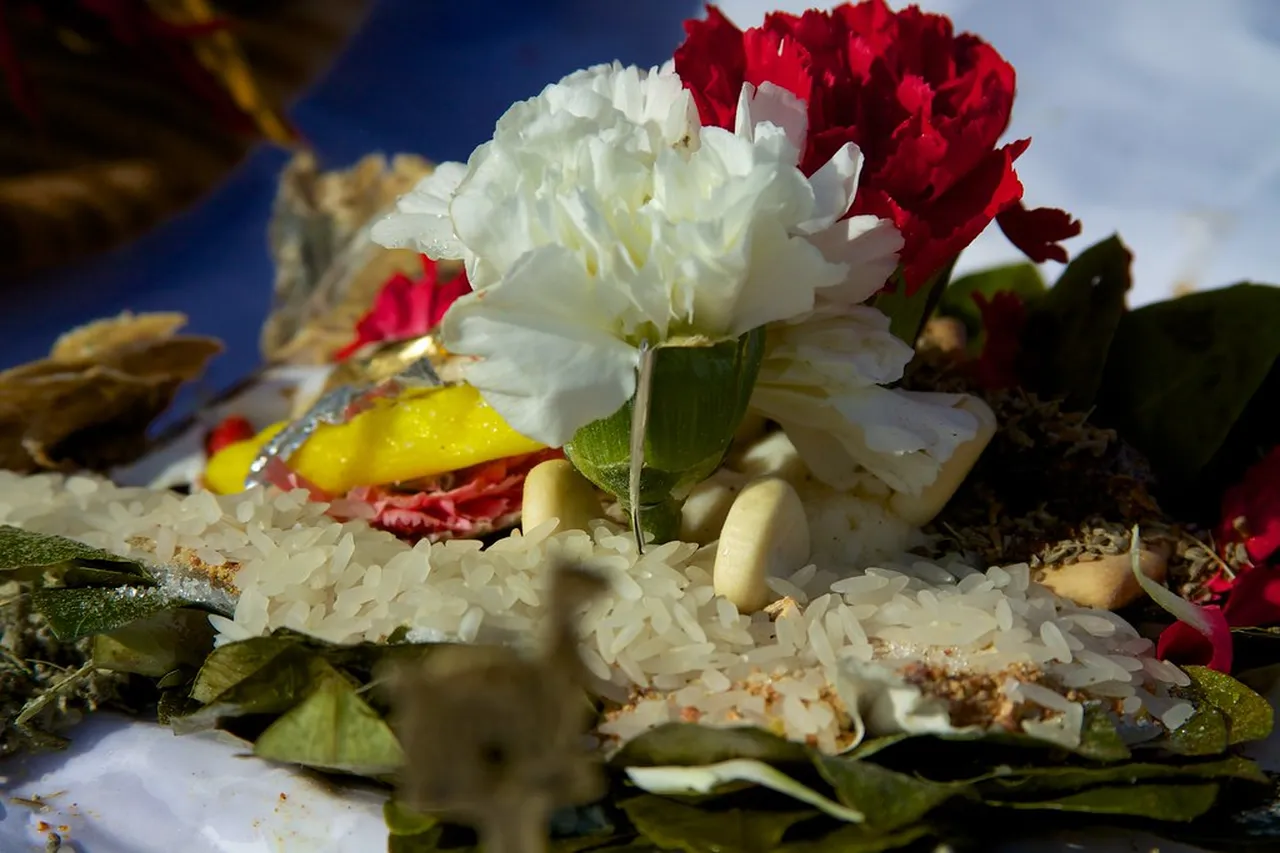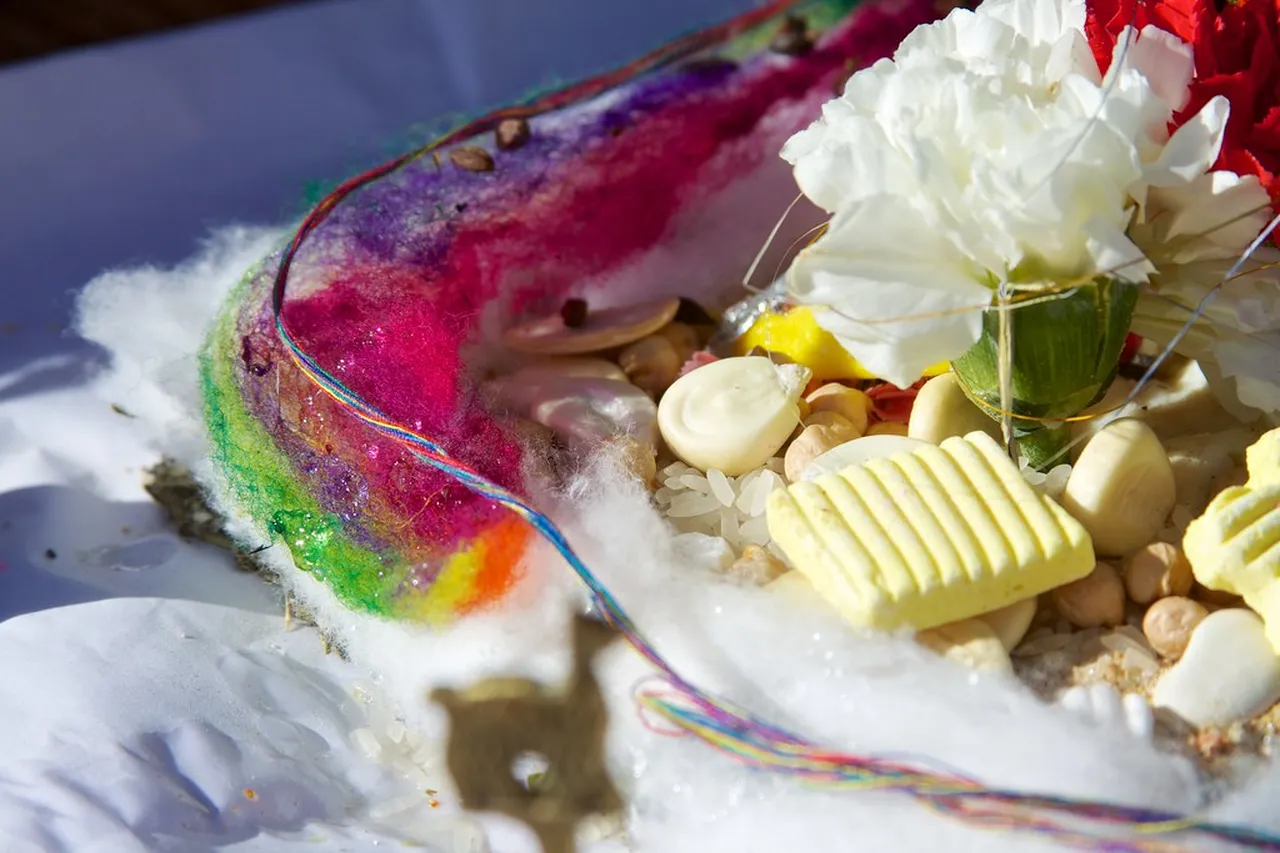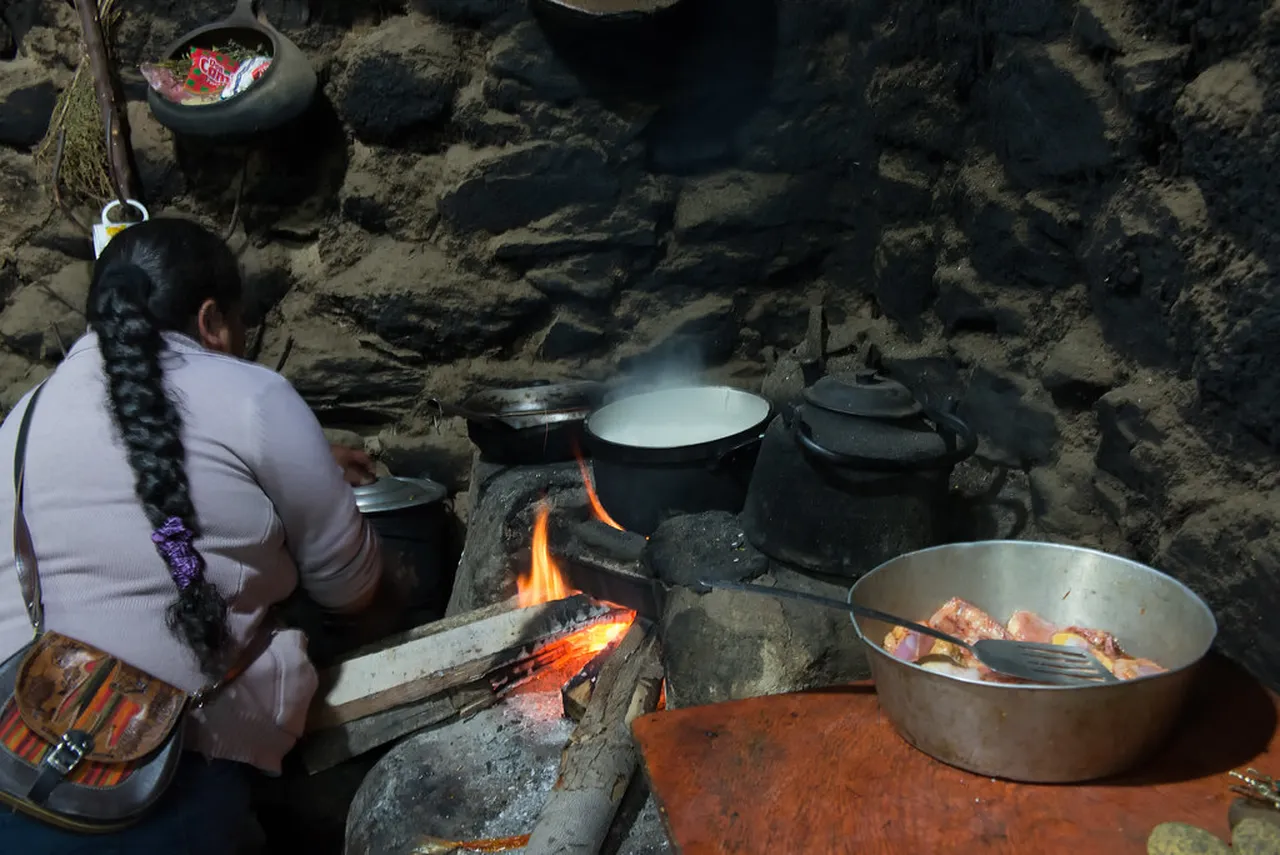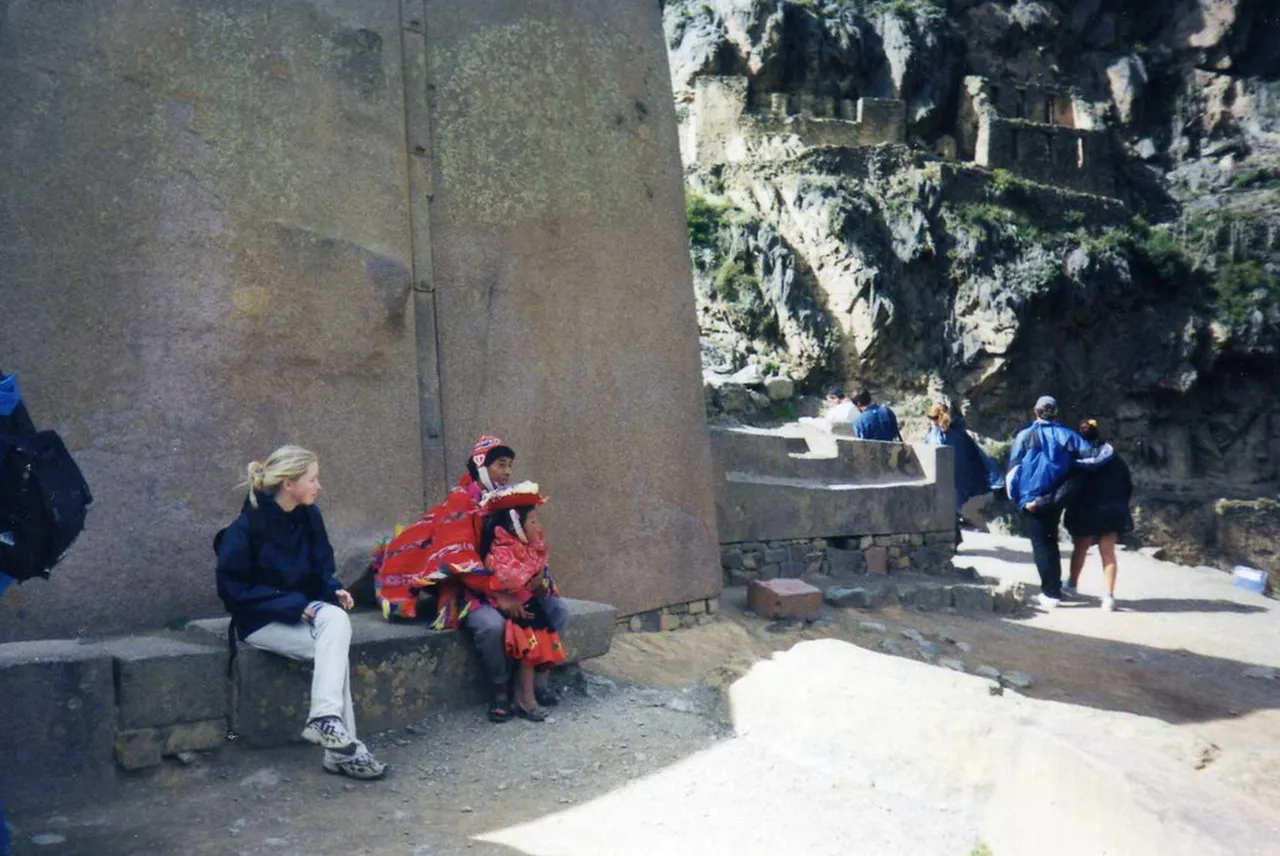
Ollantaytambo Culture: Unveiling the Rich Heritage
Table of Contents
Ollantaytambo Culture
Ollantaytambo culture is a fascinating blend of ancient Incan heritage and vibrant local traditions. Nestled in the Sacred Valley of Peru, this town not only served as a strategic military, agricultural, and religious center for the Incas, but it also showcases remarkable craftsmanship and rich cultural practices that continue to thrive today. Travelers to Ollantaytambo are often enchanted by its well-preserved ruins, scenic landscapes, and engaging local festivals. In this article, we will delve into the many aspects of Ollantaytambo culture, from historical insights and culinary delights to contemporary traditions and local events. Get ready to explore the essence of Ollantaytambo as we guide you through its captivating culture.
Want to find the best travel deals for this destination? travel adventure planner with our adventure planning specialist!
1. The Historical Significance of Ollantaytambo Culture: Incan Roots

The Ollantaytambo culture is deeply rooted in the history of the Inca civilization, making it one of the most significant sites in Peru. Established in the 15th century, Ollantaytambo served as both a military and religious hub. The town retains its original Incan town layout, an incredible feat of urban planning that is still in use today.
Moreover, the site played a vital role during the Spanish conquest. Hence, as you explore, take a moment to appreciate the resilience and ingenuity of the Incan people. Walking through the ancient streets, you can almost hear the whispers of history surrounding you.
2. Exploring Ollantaytambo’s Architectural Marvels: Ruins and Terraces

Ollantaytambo boasts remarkable Incan architecture that speaks volumes about the era’s craftsmanship. The terraced agricultural systems, which cling to the mountainside, are not only stunning but also a testament to the advanced farming techniques of the Incas. Visitors cannot miss the iconic Temple of the Sun, where intricately cut stones align perfectly with the sun’s rays, showcasing the Incas’ deep connection to astronomy.
Furthermore, the layout of the town itself is designed to honor natural features. Consequently, each structure and terrace demonstrates the harmony between human habitation and the environment. Thus, while exploring, take time to reflect on how these architectural marvels were built without modern technology.
3. Ollantaytambo Culture and Agriculture: The Incan Farming Techniques

The Ollantaytambo culture is also renowned for its innovative agricultural practices. The Incas implemented advanced techniques such as terrace farming, which allowed them to cultivate crops efficiently in the rugged Andean terrain. These terraces maximize sunlight exposure and water retention, making them ideal for growing staple crops like potatoes and corn.
In addition, the use of crop rotation and irrigation systems demonstrates the Incas’ deep understanding of agriculture. By integrating these methods into their farming, they ensured sustainable food production for their community. As a visitor, you can appreciate the wisdom passed down through generations, emphasizing that culture and agriculture are intertwined.
4. Participating in Ollantaytambo’s Traditional Festivals and Ceremonies

One of the most enriching Experiences in Ollantaytambo is participating in its traditional festivals and ceremonies. These vibrant celebrations are rooted in the Ollantaytambo Culture and reflect a blend of Incan heritage and local customs. Each festival often involves lively music, colorful costumes, and elaborate rituals, thus creating a festive atmosphere.
For instance, during the Inti Raymi, Festival of the Sun, locals engage in various Activities, including traditional dances and offerings to the sun god, Inti. This festival is not only a celebration of solar worship but also an opportunity for visitors to grasp the deep connection between the Andean people and their spirituality.
Furthermore, festivals such as Qoyllur Riti offer a unique experience for tourists. As you participate in these ceremonies, you’ll witness the rich history and traditions that permeate this remarkable town.
5. Culinary Experiences: Flavors of Ollantaytambo Culture

The culinary Experiences in Ollantaytambo offer a delicious glimpse into the Ollantaytambo Culture. Traditional dishes like cuy chactado and pachamanca embody the rich flavors of the Andes, showcasing local ingredients and ancestral cooking techniques. When visiting local markets, you can taste a variety of foods that reflect both indigenous and contemporary influences.
Additionally, many restaurants highlight the farm-to-table concept, emphasizing the region’s agricultural heritage. Visitors can indulge in organic quinoa salads or freshly caught trout, which serve to strengthen the connection to local farming practices.
Moreover, taking part in cooking classes allows you to delve deeper into the culinary arts of Ollantaytambo. This hands-on experience is a great way to appreciate the flavors while learning about the cultural stories behind each dish.
6. The Role of Local Artisans in Preserving Ollantaytambo Culture
Recommendation: Don't miss out on amazing Ollantaytambo tours - book now!
Local artisans play a crucial role in preserving the Ollantaytambo Culture, as they maintain traditional crafts and skills passed down through generations. From vibrant textiles to intricate pottery, each artisan’s work tells a story of cultural heritage and artisan pride. In markets throughout the town, you can find handmade products that reflect the richness of Andean culture.
Furthermore, these artisans often incorporate ancient techniques, ensuring that the essence of Ollantaytambo is preserved. Supporting local artisans not only helps sustain their craft but also promotes cultural exchange and the local economy.
Additionally, workshops and demonstrations organized by these artisans allow visitors to engage directly with the craft. This intimate experience provides a deeper understanding of the cultural significance and skill involved in each handmade piece.
7. Ollantaytambo’s Connection to Spirituality and Andean Beliefs
Ollantaytambo is deeply rooted in spirituality and Andean beliefs, reflecting the rich cultural heritage of the Incas. The people here celebrate nature and its divine connection, emphasizing the importance of harmony between humans and the earth. During my visit, I discovered that many locals still honor ancient deities and perform ceremonial offerings.
The sacred mountains surrounding Ollantaytambo play a crucial role in these spiritual beliefs. For instance, the Apus, or mountain spirits, are considered protectors of the community. Tourists often witness traditional rituals held in their honor, highlighting the ongoing significance of these practices in modern times.
Furthermore, visiting sites like the Temple of the Sun reveals the Incan architecture designed to align with celestial events. Therefore, it is evident that spirituality remains a vital aspect of Ollantaytambo’s cultural identity and offers travelers a profound understanding of Andean traditions.
8. Eco-Tourism and Sustainable Practices within Ollantaytambo Culture
Pro Tip: Book your Ollantaytambo adventures in advance through Viator for the best deals!
Ollantaytambo is an exemplary destination for eco-tourism, where sustainable practices intertwine with local culture. With its breathtaking landscapes and rich heritage, eco-tourism fosters an appreciation for nature while preserving the environment. Travelers can explore various initiatives focused on sustainability.
One such initiative involves local farmers practicing organic agriculture, drastically reducing pesticide use. Additionally, many lodgings emphasize green practices, from using renewable energy sources to supporting recycling programs. Accordingly, tourists are encouraged to partake in Activities like hiking and community-based tours, which promote eco-friendly tourism.
Moreover, preserving the unique landscape means respecting local customs and habitats. By choosing to engage in eco-tourism, visitors contribute to the sustainable development of Ollantaytambo, ensuring that future generations can also appreciate its natural and cultural richness.
9. Language and Communication: Quechua’s Influence on Ollantaytambo
The language of Quechua significantly influences Ollantaytambo, as it forms the backbone of communication and cultural expression. Most locals still use Quechua in daily conversations, showcasing its relevance in modern society. Interestingly, this language provides insight into the traditions and beliefs of the Andean people.
In addition, many place names and cultural references within Ollantaytambo are derived from Quechua, reflecting its profound connection to nature and history. For tourists, learning basic phrases can enhance interactions with locals and foster a deeper appreciation for their customs.
Furthermore, numerous workshops and cultural experiences offer language lessons, allowing visitors to immerse themselves in the local culture. Thus, understanding Quechua is not just about language but also about connecting with the vibrant heritage of Ollantaytambo.
10. Ollantaytambo’s Vibrant Markets: A Cultural Exchange Hub
The markets in Ollantaytambo are not just places for shopping; they are vibrant cultural exchange hubs. Every morning, locals and visitors come together to experience the rich tapestry of Ollantaytambo culture. The bustling stalls are filled with colorful textiles, handmade crafts, and fresh produce. Moreover, these markets reflect the daily lives and traditions of the community, offering a unique glimpse into their practices.
Transitioning between stalls, you’ll find artisans proudly presenting their work. From intricately woven ponchos to vibrant pottery, each item tells a story of Incan heritage. Furthermore, the markets are alive with sounds, smells, and the warmth of friendly interactions. As you explore, don’t miss the chance to savor local delicacies, which adds another layer of experience!
11. Adventures Around Ollantaytambo: Outdoor Activities and Cultural Exploration
Ollantaytambo is a paradise for adventurers and cultural explorers alike. Nestled among the Andes, the picturesque town offers numerous outdoor activities that allow you to immerse yourself in the breathtaking landscape. Hiking trails lead through stunning valleys and ancient Incan sites, and every step reveals a new aspect of Ollantaytambo culture.
For the more daring, mountain biking down the scenic paths is an exhilarating way to see the area. Moreover, guided tours often incorporate elements of local history, enhancing your adventure with rich narratives. So whether you prefer hiking or biking, there’s something for everyone!
12. Capturing Ollantaytambo Culture Through Photography and Storytelling
Photography is a powerful tool for capturing the essence of Ollantaytambo culture. The town’s stunning landscapes and vibrant markets provide endless opportunities for stunning shots. As you snap photos, also consider the stories behind them. Engaging with locals can reveal captivating tales that enrich your photography experience.
Additionally, participating in storytelling sessions hosted by local cultural groups can provide even more depth to your understanding of Ollantaytambo. Thus, when you combine imagery with narrative, you create a rich tapestry that showcases the unique culture of this magical destination. Don’t forget to share and celebrate these stories with others to keep the cultural exchange alive!
13. The Impact of Tourism on Ollantaytambo Culture: Challenges and Opportunities
Pro Tip: Book your Ollantaytambo adventures in advance through Viator for the best deals!
The influx of tourists in Ollantaytambo has greatly contributed to the area’s economy. However, while tourism offers financial opportunities for local communities, it also presents challenges for preserving traditional culture. For instance, many locals are attempting to balance the demand for authentic cultural experiences with the commercialization of their heritage.
Moreover, overcrowding can lead to environmental degradation, threatening the beautiful landscapes and historical sites of Ollantaytambo. Transitioning towards sustainable tourism models is essential to mitigate these impacts. Local authorities are beginning to implement regulations to manage visitor flow and promote respect for indigenous practices.
Ultimately, while tourism can enrich the Ollantaytambo culture by introducing new ideas and perspectives, it is crucial to prioritize the preservation of its authentic heritage. Finding harmony between tourism and tradition will ensure that future generations can also experience the richness of this remarkable culture.
14. Future of Ollantaytambo Culture: Preservation and Evolution
Insider Tip: Get the most out of your Ollantaytambo visit with guided tours!
The future of Ollantaytambo culture hinges on its ability to preserve its rich traditions while adapting to modern influences. Continuous efforts are being made to educate younger generations about their heritage and its significance. Community initiatives aim to involve youth in cultural activities, ensuring that the vibrant customs of Ollantaytambo endure.
Furthermore, the integration of technology in cultural preservation is gaining momentum. For instance, digital storytelling and social media platforms are becoming tools for local artisans and cultural advocates to share their narratives with a global audience. As a result, there is a rising awareness of Ollantaytambo’s unique culture worldwide.
However, the challenge remains to embrace evolution while maintaining the core of what makes Ollantaytambo special. Collaborations with cultural experts and sustainable development projects can provide a framework for this delicate balance. Ultimately, with thoughtful planning and community involvement, Ollantaytambo can continue to thrive as a symbol of rich heritage and modern resilience.
Ollantaytambo culture represents a rich tapestry of ancient history, vibrant traditions, and modern-day practices that continue to define this magical town. From exploring the remarkable stone structures of the Incas to engaging in local celebrations and savoring traditional dishes, every aspect of Ollantaytambo offers a deeper understanding of its cultural heritage. As a traveler, your connections with the community and responsiveness to its evolving culture can leave a lasting impact. Which aspect of Ollantaytambo culture intrigues you the most? Share your thoughts and experiences in the comments below, and let’s keep the conversation about preserving and celebrating this remarkable culture alive.